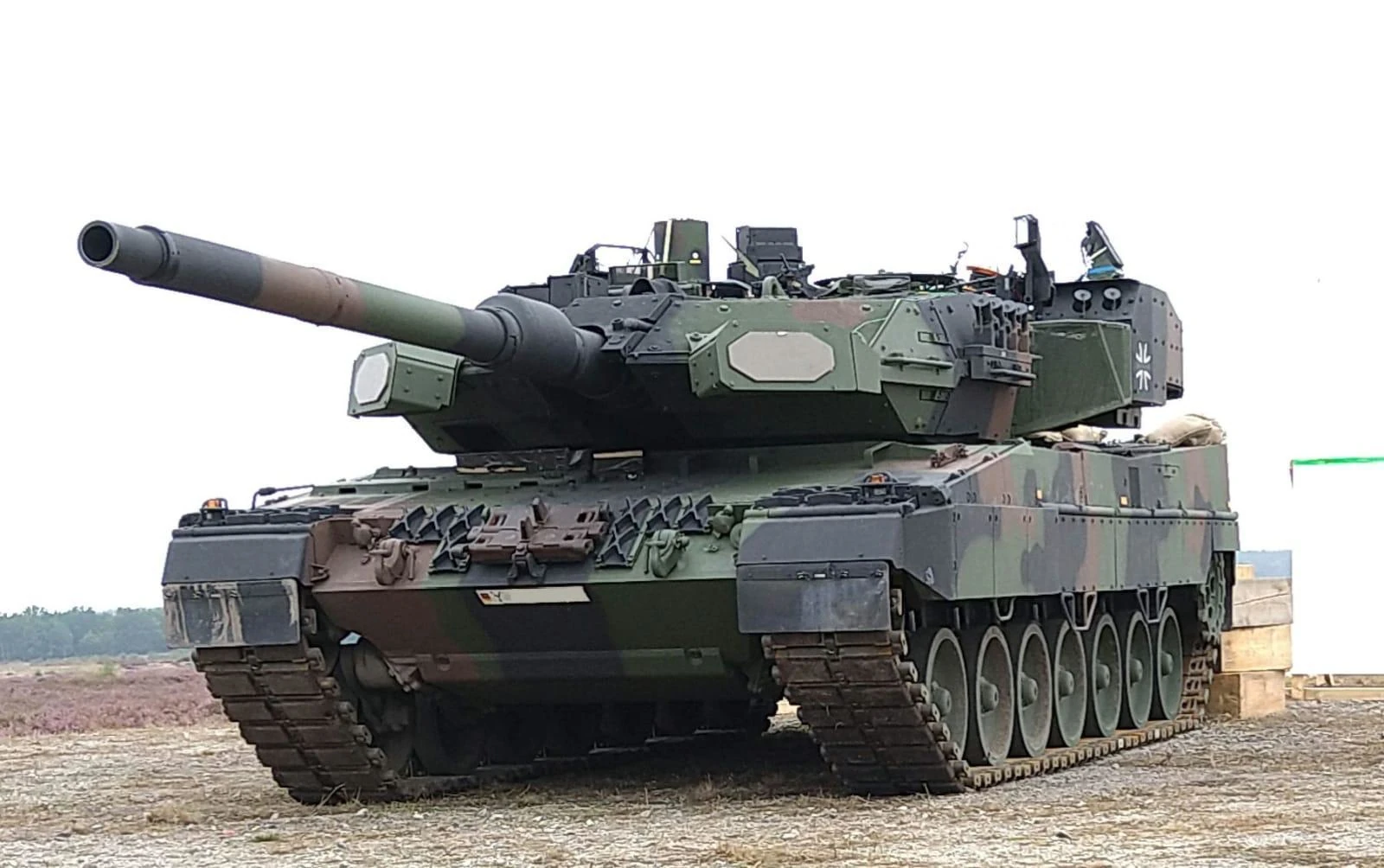Italian Army is set to undertake a significant upgrade of its main battle tank fleet over the next two decades, according to recent announcements. In a move that underscores its commitment to modernizing its military capabilities, the Italian government will be incorporating up to 250 state-of-the-art tanks, co-developed with Germany and France.
As of 2023, the Italian Army’s main battle tank (MBT) fleet predominantly consisted of the Ariete MBT. The organizational structure of the Italian Army at that time included two heavy brigades: the “Ariete” armored brigade in northeastern Italy and the “Garibaldi” mechanized brigade in southern Italy. Each of these brigades had tank regiments, with each regiment operating 41 Ariete MBTs. This organization resulted in a total of 123 Ariete MBTs across the Italian army.
The primary focus of this modernization effort is the acquisition of 125 Leopard 2A8 tanks, a future variant currently in development by Germany. These tanks are expected to start arriving in Italy by the end of this decade. This procurement is part of Italy’s broader strategy to phase out its current fleet of locally developed C1 Ariete tanks.

In a strategic partnership that spans across European defense powerhouses, Italy, through its national company Leonardo, has joined the Main Ground Combat System (MGCS) program. This program, a collaboration between French firm Nexter and German company Krauss-Maffei Wegmann (KMW), is dedicated to developing a next-generation European battle tank. Italy’s involvement in the MGCS program is seen as a pivotal step in strengthening its military ties within Europe, and particularly with France and Germany.

The Main Ground Combat System (MGCS) is a joint project primarily between Germany and France, aimed at developing a new generation of main battle tanks. This project is part of a broader initiative to modernize and unify European defense capabilities. The MGCS is intended to replace the current main battle tanks in service, such as the German Leopard 2 and the French Leclerc, around the 2030s.
